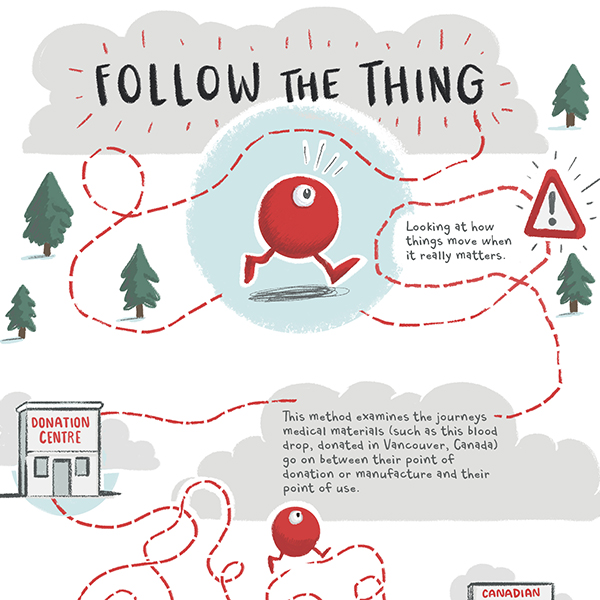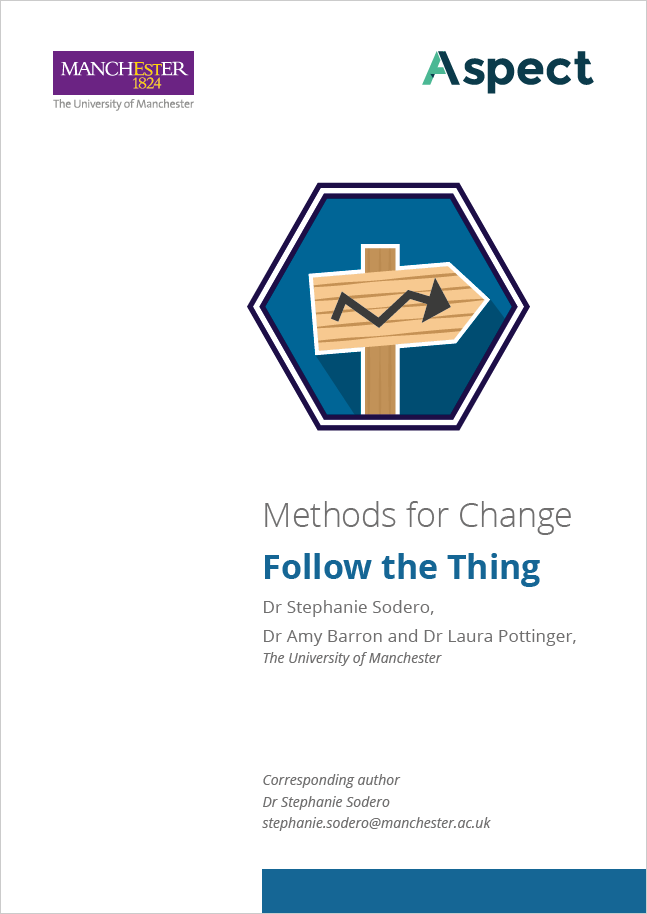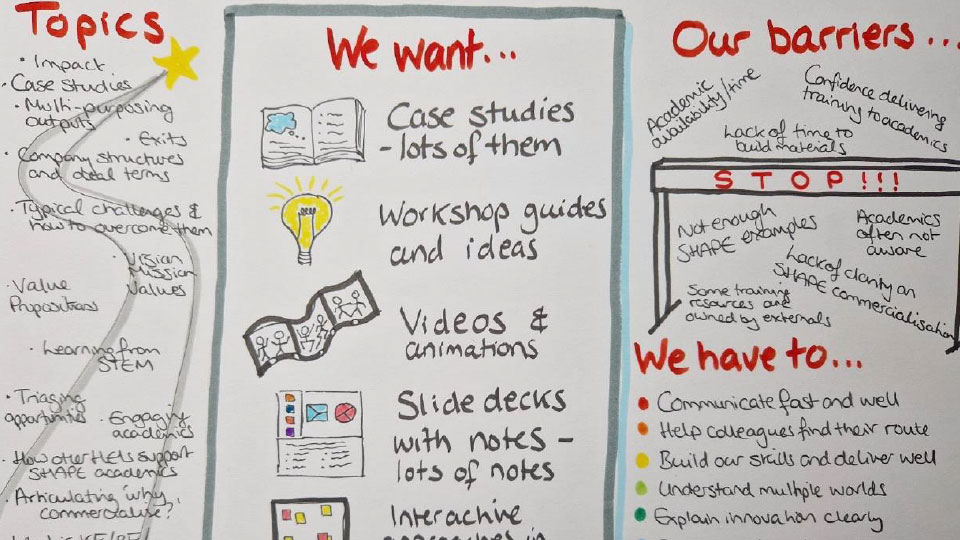Research Method: Follow the Thing
Follow the Thing is a social science method that traces the journey of a given product, from donated blood to fair trade coffee. It involves thinking with, and through, a specific good and its supply chain. The method surfaces often-overlooked processes, dynamics, and connections between people, services, and infrastructures. In doing so, Follow the Thing is used to understand interconnections and to explore and expose complexities, vulnerabilities, and injustices. It can offer insight into the journeys of goods upon which we rely, but that are often invisible until there is failure, disruption, or crisis, such as shortages of personal protective equipment during COVID. It makes visible these unseen journeys, cultivating an appreciation for their surprising geographic extent and complexity. By shedding light on the journeys that different products take, Follow the Thing can expose unjust working conditions and environmental harms, encouraging more ethical consumer and corporate behaviour. Follow the Thing draws on a range of methods that can broadly be thought of being on a spectrum from direct to indirect ways of following. Direct following requires greater access to the field and might include barcodes and tracking tags. For example, a barcode can be used to trace the journey of a box of trainers or a tracking tag can be attached to a fish to understand its movements. Indirect following includes participant observations, facility tours, interviews, and document analysis.
You can find more research outputs from the Methods for Change series here






